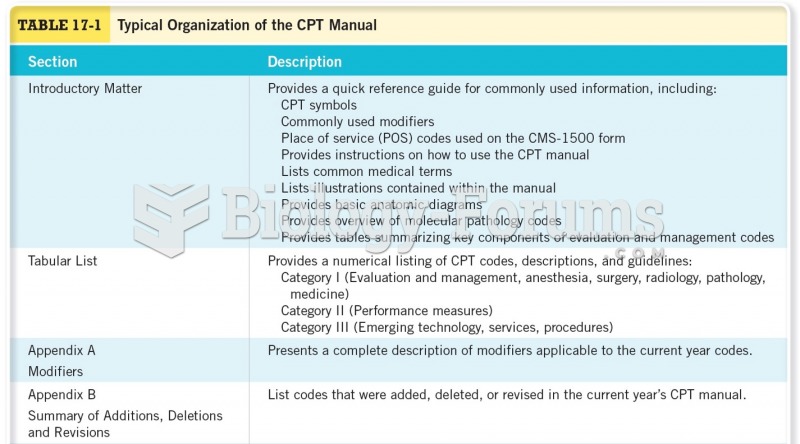Answer to Question 1
The etiology of celiac disease originates from genetic (DQ2- and/or DQ8-HLA genes), environmental, and autoimmune factors that are triggered by the body's abnormal reaction to the gliadin component of gluten and that result in an inflammatory response damaging the intestinal mucosa.
Gluten is found in wheat barley, rye, and malt. Generally, gluten is the term used to encompass all autoimmune-causing prolamins (i.e. gliadin, hordein, secalin).
Many people with celiac disease have minimal symptoms for lengthy periods and often go undiagnosed.
In adults, it is more common in women and is often diagnosed after a pregnancy or another stressful event.
Current data suggest that many more people have celiac disease than what was previously thought.
It has been estimated that the prevalence may be as high as 1 case in every 200 persons.
Mrs. Talbot presents with:
- Joint pain
- Diarrhea
Abdominal pain
- Fetal loss
It is suggested that the increasing prevalence may be in part due to increasing availability and reliability of serological testing. Still, this cannot entirely account for the increased prevalence, which has been estimated at being 4 times greater in the U.S. than even 50 years ago. Additional research to assist in the explanation includes a focus on increased wheat consumption and actual changes in wheat hybridization over the past 50 years.
Answer to Question 2
Ht. 5'4, wt. 122, UBW 135
BMI = 21.0
Mr. H is at 90 of his UBW.
10 weight loss is considered a severe weight loss if unexplained, and places Mr. H at nutritional risk.
His BMI is at the low end of the normal range.







